Trends in fashion, cars, and music are completely normal, but what about food? That one is a catch. From salads in a jar to veganism to the smoothie craze, clean eating trends are all good for you speaking health wise.
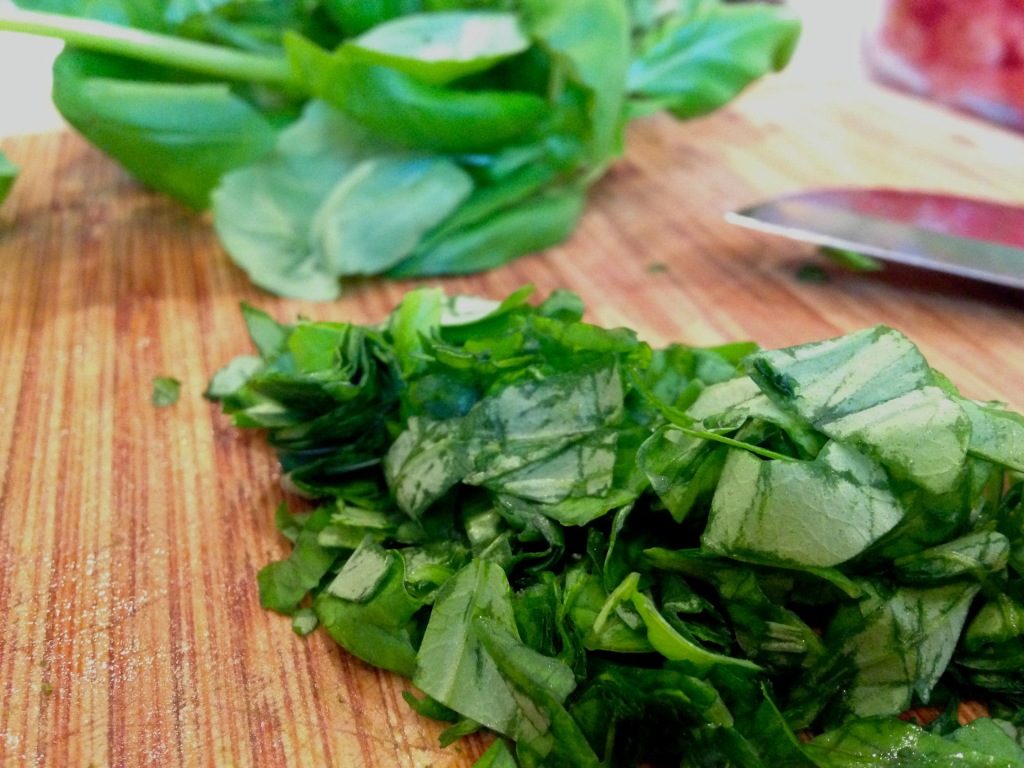
Photo by Corinne Odom
People are becoming healthier, losing weight, and living longer. But like any other trend, there are people who will adhere to it and others who won’t simply because they don’t want to jump on the bandwagon or because they can’t afford it.
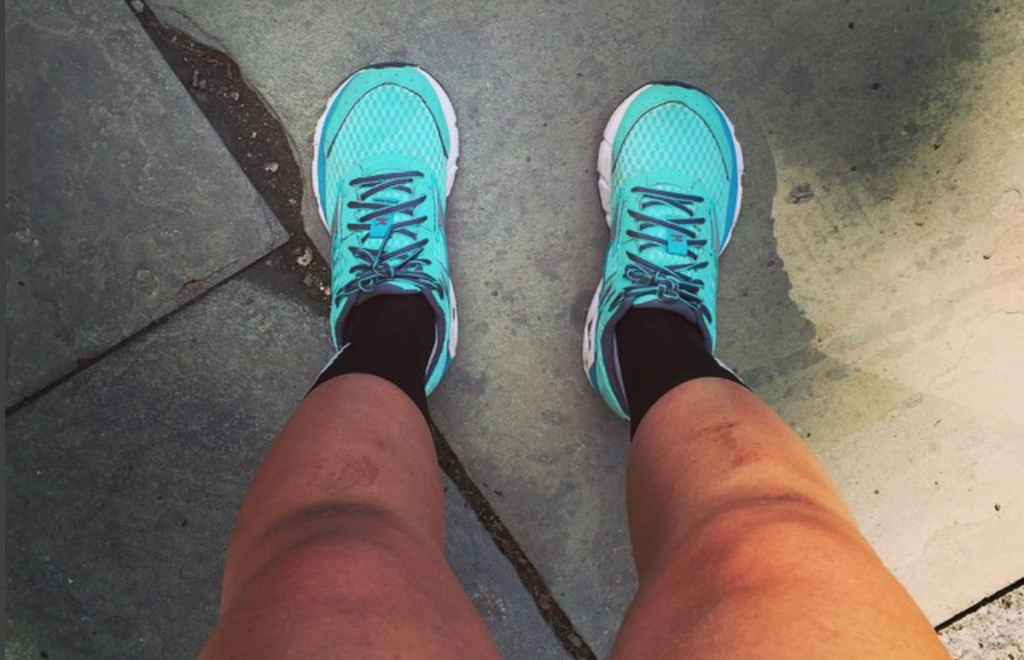
Photo by Wendy Sun
The latter is the thing that many people fail to recognize. Think about going shopping for clothes. There are probably times when you head straight for the sales racks knowing that you’ll have the best chance of saving some cash there. The grocery store is no different. Many people go in searching for the items that have a deal on them. This is not because they’re cheap people but because they need to manage their money in order to have enough for their rent that month.
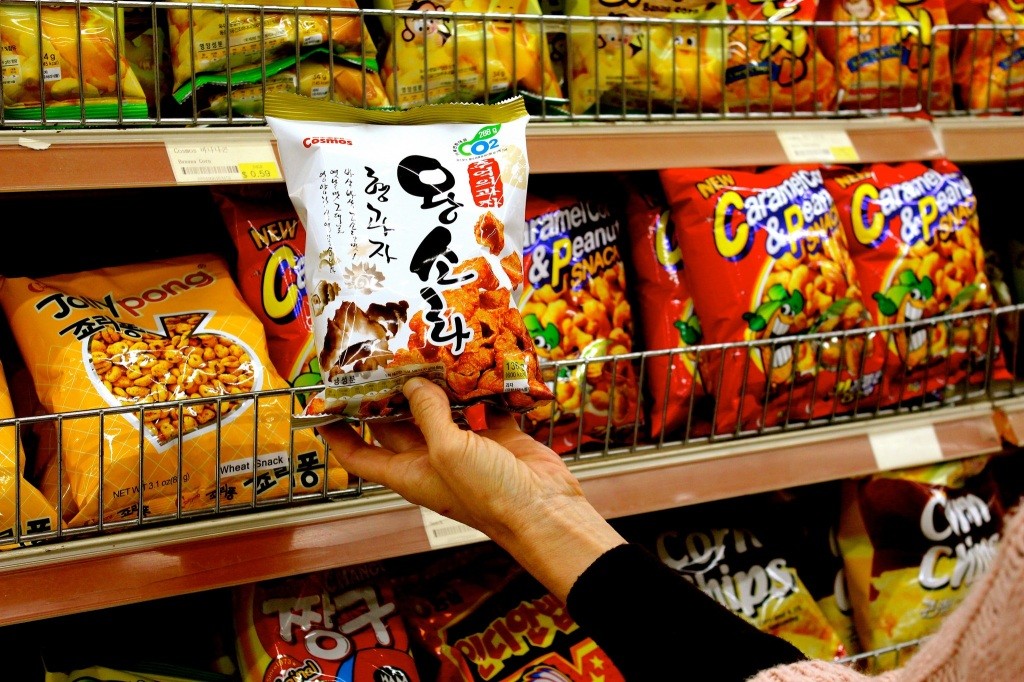
Photo by Natalie Choy
If you’ve been in a grocery store lately you’ve probably noticed the high prices of produce. Many shoppers will avoid the produce section because it’s the most expensive section in the store. They will opt for the canned food because they can buy more with the same or less amount of money and those foods are usually the ones that have coupons. This kind of money saving technique is often glorified on TV with shows like “Extreme Couponing” that we love to binge watch, but that’s reality for those people. Not everybody has the luxury of purchasing any food their stomach desires.
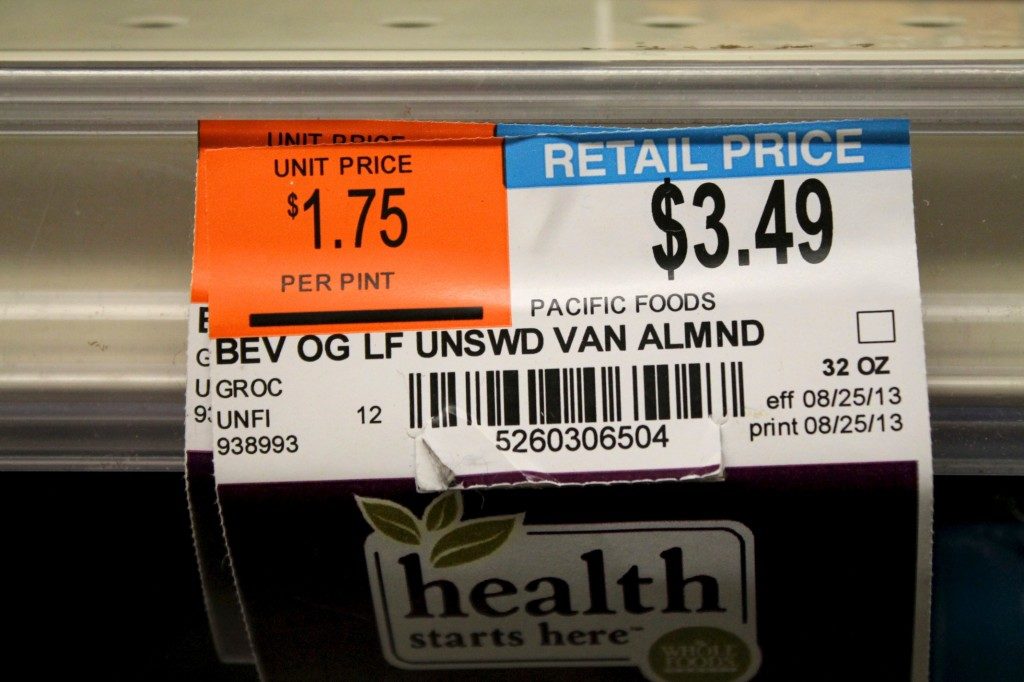
Photo by Caty Schnack
With salads, quinoa and chia seeds being shoved into people’s faces, they’re put in a position of disparity and self-shame. People will feel guilty that they’re not keeping up with the clean eating frenzy. There’s no way for consumers to get the benefits of superfoods or other healthy options without shelling out a bunch of cash at the supermarket.
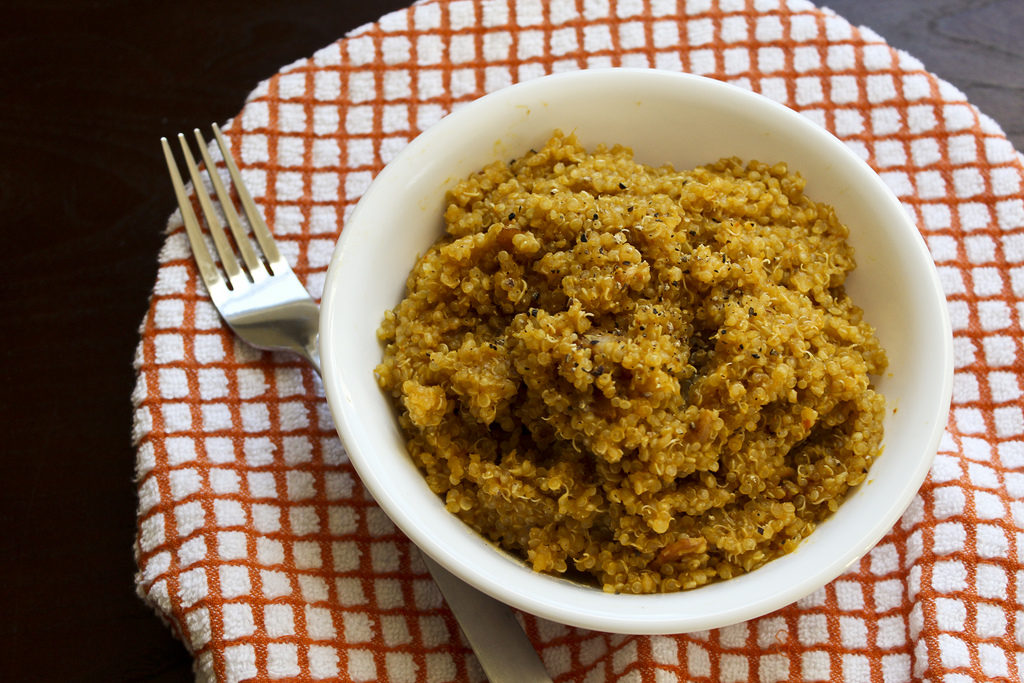
Photo by Hannah Lin
North America is mostly where this trend has been rooted. Although it’s a region of prosperity in comparison with the rest of the world, there are many people who live below the poverty line. And if you thought food banks were handing out produce, you were wrong. According to the United States 2013 census, 45 million people, or 14.5% of all Americans, lived below the poverty line. These people are not able to pay five dollars for the box of strawberries you snack on during the day.
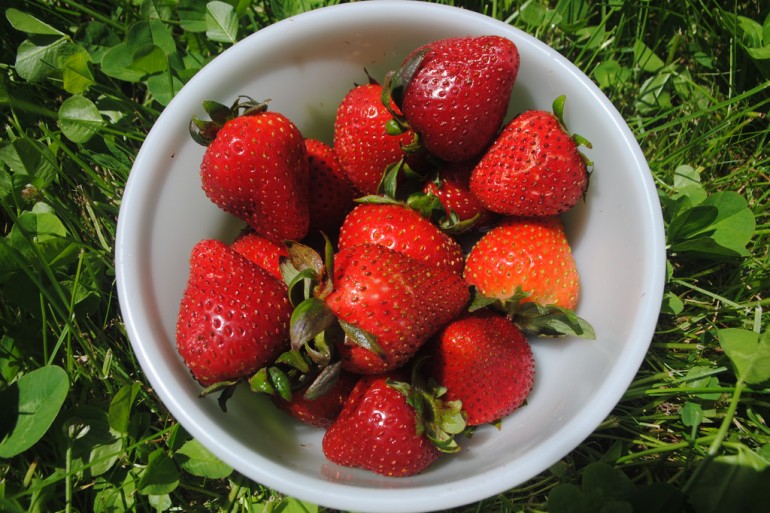
Photo by Liana Lis
Most people who are affected by this level of poverty are single women and black Americans. In 2013, the black poverty rate was 27.2% and the Hispanic poverty rate was 23.5%.
This also affects many students in college who struggle to make ends meet. After paying for tuition, books, rent, and food, there’s barely enough money at the end of the month. You will often find students stocking up on ramen noodles and pre-made meals that are filled with food preservatives instead of going for that bag of McIntosh apples.
Although this food trend in a way is beneficial for us as a society because it pushes people to eat cleaner and be healthier, it’s not for everyone. It puts many people under scrutiny for not eating well, and they get labelled as lazy when in reality it’s just not within their means.
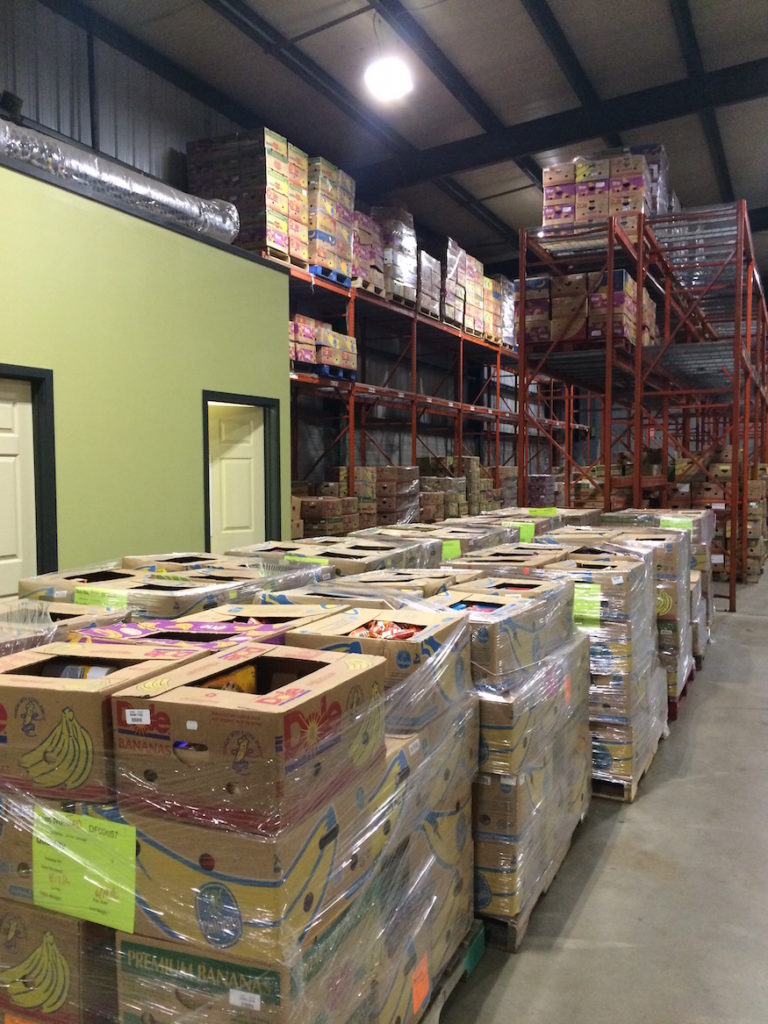
Photo by Sophie Pinton
Kale, avocados, and quinoa are like the latest pair of Yeezy’s–not everyone can afford them. So next time you encounter your colleague or classmate eating pizza pockets during lunch while you enjoy your chicken salad, don’t scrutinize them, instead maybe offer them some.


